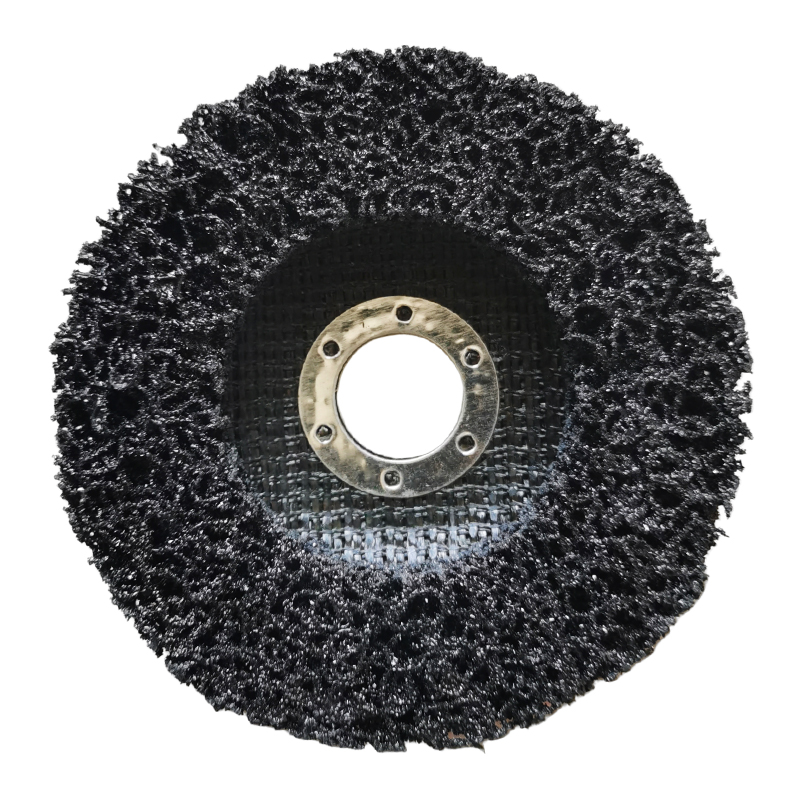Using an Angle Grinder to Strip Paint A Comprehensive Guide
When it comes to stripping paint from surfaces, traditional methods such as sanding, scraping, or using chemical strippers can often be time-consuming and labor-intensive. However, using an angle grinder equipped with the right attachments can significantly speed up the process, making it a popular choice among DIY enthusiasts and professionals alike. This article explores how to effectively and safely use an angle grinder to strip paint from various surfaces.
Understanding the Angle Grinder
An angle grinder is a versatile power tool primarily used for cutting, grinding, and polishing. It features a rotating disc that can be easily swapped out for different tasks. When it comes to paint removal, specific attachments such as flap discs, stripping wheels, and wire brushes can be utilized to achieve optimal results.
Selecting the Right Attachment
Choosing the appropriate attachment is crucial for efficiently stripping paint without damaging the underlying surface. Here are some common attachments used for paint removal
1. Flap Discs Made of overlapping layers of sandpaper, flap discs are designed for smoothing surfaces and can effectively remove paint while minimizing gouging.
2. Stripping Wheels These wheels, typically made from a combination of abrasive materials and foam, are gentle on surfaces and ideal for removing layers of paint without damaging the wood or underlying materials.
3. Wire Brushes If you are dealing with rust or heavy paint buildup, a wire brush may be the best choice. However, it can be aggressive, so care is needed to avoid gouging softer materials.
Safety First
Using an angle grinder requires caution, as it can be dangerous if not handled properly
. Always wear appropriate personal protective equipment (PPE), includingangle grinder to strip paint

- Safety Goggles Protect your eyes from flying debris and dust. - Dust Masks or Respirators Prevent inhalation of harmful dust particles. - Hearing Protection Angle grinders can be quite loud, so earplugs or earmuffs are recommended. - Gloves Protect your hands from sharp edges and heat.
Preparing the Workspace
Before you begin the paint-stripping process, ensure your workspace is clear of any obstacles and flammable materials. Set up a sturdy workbench or use a drop cloth to catch any debris. If you are working indoors, consider using a shop vacuum to capture dust and particles as you work.
The Stripping Process
1. Secure the Surface If you are working on a piece of furniture or a large surface, secure it in place to avoid movement during operation.
2. Choose the Right Speed Adjust the grinder’s speed based on the attachment you are using. A lower speed is often ideal for more delicate surfaces.
3. Maintain Control Start by gently moving the grinder across the surface in a controlled manner. Avoid pressing too hard, as this can lead to damage. Instead, let the tool do the work.
4. Check Your Progress Frequently stop to inspect the surface to ensure you are removing paint effectively without compromising the material underneath. This is especially important when using aggressive attachments.
5. Clean Up Once the paint is stripped, clean the area thoroughly. Use a vacuum to remove dust and debris, and wash the surface if necessary.
Conclusion
Using an angle grinder to strip paint can be a game-changer for DIY projects and renovations. With the right attachments, safety precautions, and techniques, you can effectively remove old paint with minimal effort. Always remember to prioritize safety and take your time to achieve the best results possible. Happy stripping!
Post time:Dec - 21 - 2024

















